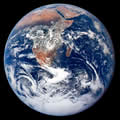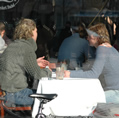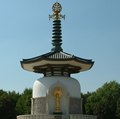SRSP 16-19 Topic 2 Unit 1b – Models
A common interdisciplinary assumption is that there is a real world whose existence is independent of our investigation of it. In their investigations all disciplines make use of models to aid the understanding of the particular aspect of reality being studied. There are many kinds of models being used. All of them are imaginative tools enabling us to order our experience. The best models map reality closely and provide us with insights into the nature of the independent reality they seek to model. At the same time all models are inherently limited. They have positive and negative features. Where a model maps reality in relevant respects it helps our understanding. This is the positive part of the model. Pushed too far, a model can be misleading. These negative parts of the comparison are unhelpful distractions which confuse rather than illuminate.
This unit examines the use of models in both science and religion and shows how they can aid our understanding of reality.
This unit consists of 3 lessons and is suitable for students aged from 16 to 19 years
Key Questions
- If there is an independent reality, how are we to investigate it?
- How do various disciplines use models to help understand their subject matter?
- What are the strengths and weaknesses of using models?
Some of the materials can be viewed on screen and some can be downloaded for editing or printing. To view the pdf files you need Adobe Acrobat Reader. See the about section for more details.
Unit Resources
Unit Overview
Lesson 1
Lesson Plan: Introduction to models in S&R (Word)
Student Resource 1: Models in Science and Religion (PPT)
Lesson 2
Lesson Plan: Investigating models in S&R (Word)
Student Resource 2: A brief history of the model of the atom (PPT)
Student Resource 3: A brief history of hell (PPT)
Student Resource 4: The trinity, Jesus and flatland (PPT)
Lesson 3





